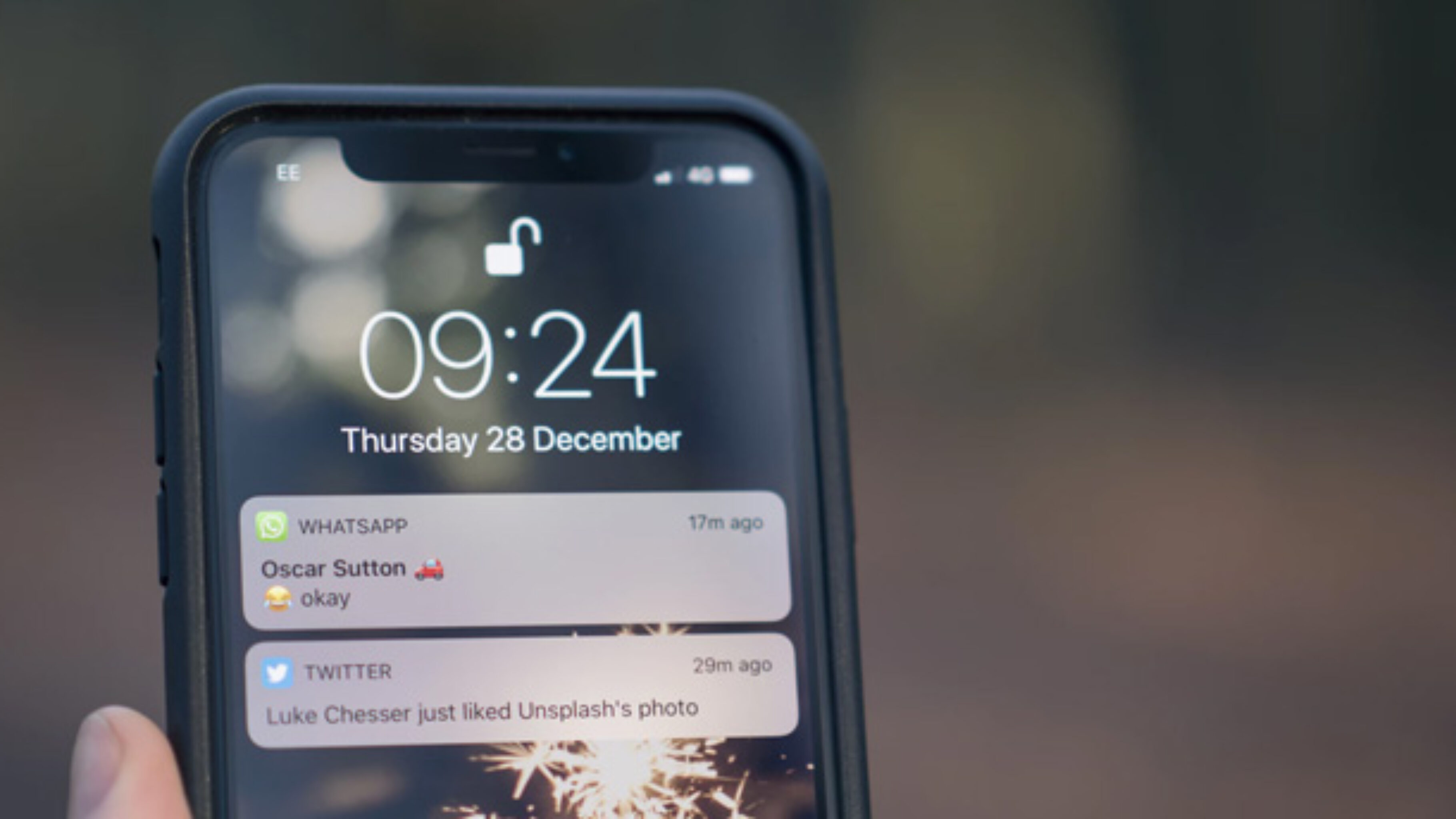Push notifications are on the rise. Most commonly used to give alerts about breaking news, they are now out there in large swathes of the digital domain and brands are starting to use them in their marketing strategies. Push notifications were sent out in their hoards on Black Friday this year and consumers are getting more used to coming in contact with them and subsequently are a lot happier to open them. More consumers are opting-in to receive push notifications and surveys show that those who do opt-in stay engaged with brands at twice the rate of consumers who do not. Let’s take a look at how brands are using push notifications to please their customers and increase sales.
Personalisation
It’s that old term again, overused in digital marketing, but insurmountable in terms of its impact and use, when it comes to connecting successfully with consumers. When brands add a degree of personalisation to their push notifications, they become highly effective at encouraging sales. Brands like Sephora, use personalisation in their push notifications, by urging consumers not to forget to buy a product that they were recently browsing and to let them know that their favourite products are now back in stock. The messaging is tailored to the individual consumer, increasing the likelihood that they will engage with it and follow through with any calls to action. Personalisation can use location or draw on user history to create its messaging, either way, it is shown to increase sales.
Tone
Often in the past, brands have fallen into the trap of creating push notifications that are flat and unfeeling in tone. This is a hangover from the days of the push notification being used purely as a news alert when it was delivered in a succinct informative manner. Sending push notifications in that blunt, impersonal fashion not only fails to connect with consumers, it denies companies an opportunity to market who they are as a brand. Push notifications can absolutely be branded and include the same sorts of language and style that consumers already associate with a brand. Brands who recognise this, craft push notifications in the same way that they craft tweets. They use clever, quirky styles of writing to produce something that will stay in the minds of consumers and encourage them to buy the products on offer.
Real-time communication
Push notifications are a great opportunity for brands to enhance the consumer experience. By sending out push notifications in real time, you can ensure that you keep you consumers up to date with any changes or news that is specific to their current circumstance, making their lives easier and more manageable in the process. An example of where this works brilliantly is in the travel industry. If you run an airline or even a small B&B, texting your customers about any changes to their travel, caused by adverse weather or traffic could be incredibly useful to them and increase the likelihood that they will be satisfied with your service and recommend your brand in the future.
Rich content
Since the introduction of iOS 10, marketers no longer have to rely on short text-only notifications. Push notifications can now be comprised of lengthy, descriptive content. They can even include audio, video, and pictures. This increases their impact and increases engagement. The likelihood that sales will increase off the back of healthy levels of engagement is also high.
Push notifications are so much more than just snappy updates. When branded and personalised, they can connect with consumers in a way that will encourage them to make purchases. Real-time communication allows you to reach a consumer at a point in time when they will most likely be looking to connect with you and buy your products. Upgrades to the sorts of content you can produce for push notifications will only enhance the consumer experience and result in your sales skyrocketing.








